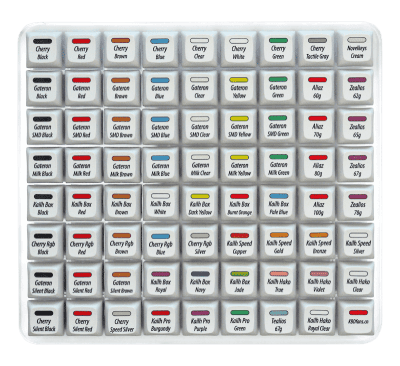THE BEAUTY OF CHOICE: MECHANICAL KEY SWITCHES
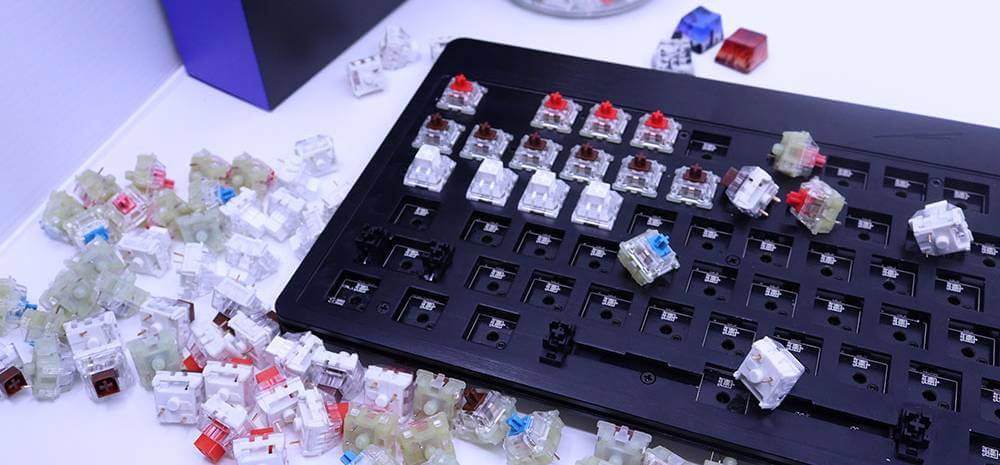
There has never been a better time for mechanical keyboard connoisseurs. In this day and age, there are hundreds of different switch flavors, making it easy to get lost in the shuffle when answering the most basic of all questions. Which switch works best for me?
Pre-travel:
The distance the stem travels from beginning of the keypress to the actuation point, where the keypress event is being triggered.
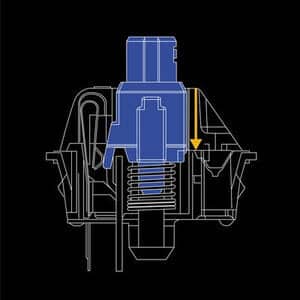
Post-travel:
The distance the stem travels from actuation point to the bottom of the switch.
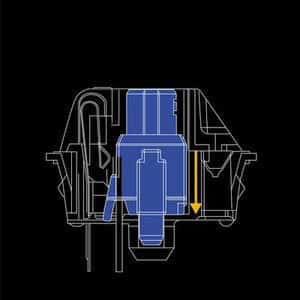
Actuation force (or operating force):
The amount of force required to overcome the spring resistance when pushing the stem down to reach the actuation point.
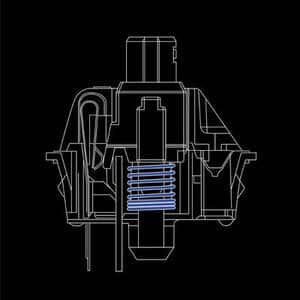
Plate-mount, PCB-mount:
Cherry MX style switches exist in two flavors, plate-mount (5-pin) and PCB-mount (3-pin). The latter have two extra plastic pins at the 3 and 9 o’ clock positions for keyboards that support 5-pin switches. Keyboards that support plate-mounted switches, such as Everest, can use either plate-mount switches or PCB-mount switches after clipping off the extra plastic pins.
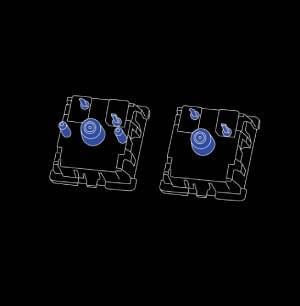
Breaking down the switches in the three main categories: linear, tactile, and clicky.
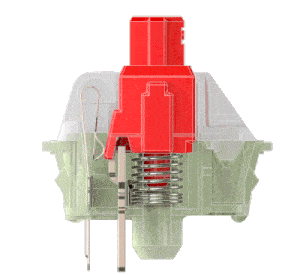
Linear switches
Just as the name suggests, linear switches act precisely as you expect. A linear travel from top to bottom, with no funny business in between. Linear switches are very popular as they allow for rather effortless keypresses and are easily digestible for users new to the realm of mechanical switches. All the big switch manufacturers carry linear switches
The most common variant is Cherry MX Red (45g) but they range from very light actuation force requirements (35g, Gateron Clear) to very heavy (80g, Cherry MX Linear Grey).
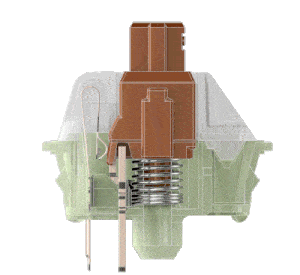
Tactile Switches
Much like linear switches, but with an added tactile bump. This type is appreciated by many users as an additional layer of sensory feedback for a successfully registered keypress.
For this category Cherry MX Brown (55g) is one of the most popular choices but like the linear switches, they come in many different flavors with actuation forces mostly ranging from 45g (Kailh Brown) to 80g (Cherry MX White).
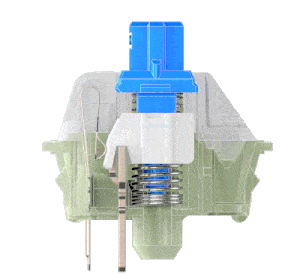
Clicky (Tactile) Switches
Adding aural feedback to the mix, clicky switches not only let your fingers but also your ears know when you successfully pressed a switch. Clicky switches are music to some people’s ears, while others don’t fancy the distinct clickedy-clack of this switch type.
The most famous switch of this type, outside of IBM’s legendary Buckling Spring, is Cherry MX Blue (55g) but the charming noise generators are also available with actuation forces from 50g (Greetech Blue) to 80g (Gateron Green).
There are literally hundreds of different switches out there, each one different from the rest by a tiny or giant margin. None of the three kinds of switches offer a meaningful difference in gaming or typing performance over the other two. It’s all your personal preference. What feels best to you is probably best for you. Extremely light linear, super heavy tactile, or earth-shattering clicky?
To make things a bit easier, every Everest Core and Max keyboard, regardless of the switch type you’ve chosen for it, ships with 5 different complimentary Cherry MX switches (MX Red, Silent Red, Speed Silver, Brown, Blue) for you to explore. Did it make you want to change your switch type? Be sure to check out our webshop for Cherry MX switch sets.
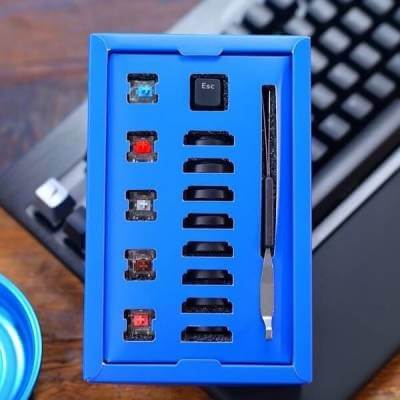
Want to broaden your horizon even more? The switch tester to end all switch testers is here to help. Featuring a total of 72 switches, it contains the classics, some exotic ones and everything in between. For ease of use we’ve also made Kailh switch sets available in our webshop.
